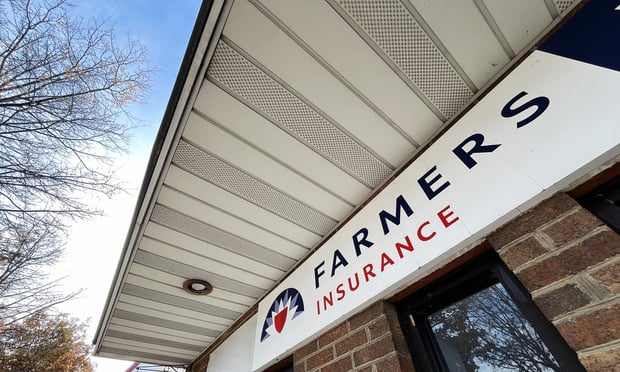Industry surplus is at an all-time high, underwriting and operating profitability are solid and catastrophe losses have been relatively benign over the past two years, according to ALIRT Insurance Research.
Why, then, the firm wonders, has the industry not entered a soft-market cycle? “Have the laws of supply and demand, as applied to U.S. property and casualty pricing, been suspended?” ALIRT asks. “One would not be faulted for thinking so.”
ALIRT attempts to answer the question, first noting that insurers have pointed to the need for higher rates to offset weak portfolio yields. However, ALIRT notes that many insurers continue to make “historically strong operating gains.”
ALIRT proposes a different reason: “A bigger problem for publicly traded firms is, in fact, the amount of capital they are generating. Higher capital positions make achieving target ROEs more difficult. With the denominator going up, so must the numerator—and thus the plea for higher pricing.”
The firm says that, should underwriting results continue to be strong, buyers might eventually vote with their pocketbooks and demand that target ROEs be adjusted lower.
Some insurers, ALIRT says, point to more volatile weather patterns as a reason for increased rates. “The Travelers Companies, Inc. has been particularly vocal about this,” ALIRT notes. Here, ALIRT explains, insurers argue that the greater incidence of large “shock losses” call for the establishment of higher reserves. “So, in essence, companies are charging higher premiums which are being set aside for a rainy day, literally,” ALIRT says.
Digging a bit deeper, ALIRT says it looked at the change in real (inflation-adjusted) value of $100 of premium over the past 15 years, using a series of broker surveys to determine year-to-year percentage changes in the broad industry rate.
The firm finds that, in 2011, about when broad rates began to firm, “$100 of premium had fallen to 1999 levels on a real-dollar basis.” ALIRT notes that 1999 pricing was in the midst of a deep softening phase, “and hence, ultimately inadequate, it makes sense that pricing would make a bounce off of this level.”
But with inflation and loss-cost growth at below long-term-average rates and with reserve redundancy continuing, ALIRT says it is “difficult to make the case that additional rate is needed—from an underwriting perspective, anyway.”
ALIRT also says reserve releases have been relatively steady for the past five years for both commercial and personal lines, with no discernible trend toward deficiencies, “again suggesting that pricing will not get an immediate lift from fear of reserve inadequacy.”
The firm does note, though, that in future years commercial-lines writers may exhaust their reserve redundancies as the most recent accident years (2010-2012) are developing at break-even. “Interestingly, there appears to be no such trend with the personal-lines predominant companies,” ALIRT says.
ALIRT bases its data on the 2013 nine-month results of the ALIRT P&C Composite, consisting of the 50 largest U.S. P&C insurers, excluding professional reinsurers.
Want to continue reading?
Become a Free PropertyCasualty360 Digital Reader
Your access to unlimited PropertyCasualty360 content isn’t changing.
Once you are an ALM digital member, you’ll receive:
- Breaking insurance news and analysis, on-site and via our newsletters and custom alerts
- Weekly Insurance Speak podcast featuring exclusive interviews with industry leaders
- Educational webcasts, white papers, and ebooks from industry thought leaders
- Critical converage of the employee benefits and financial advisory markets on our other ALM sites, BenefitsPRO and ThinkAdvisor
Already have an account? Sign In Now
© 2024 ALM Global, LLC, All Rights Reserved. Request academic re-use from www.copyright.com. All other uses, submit a request to [email protected]. For more information visit Asset & Logo Licensing.








